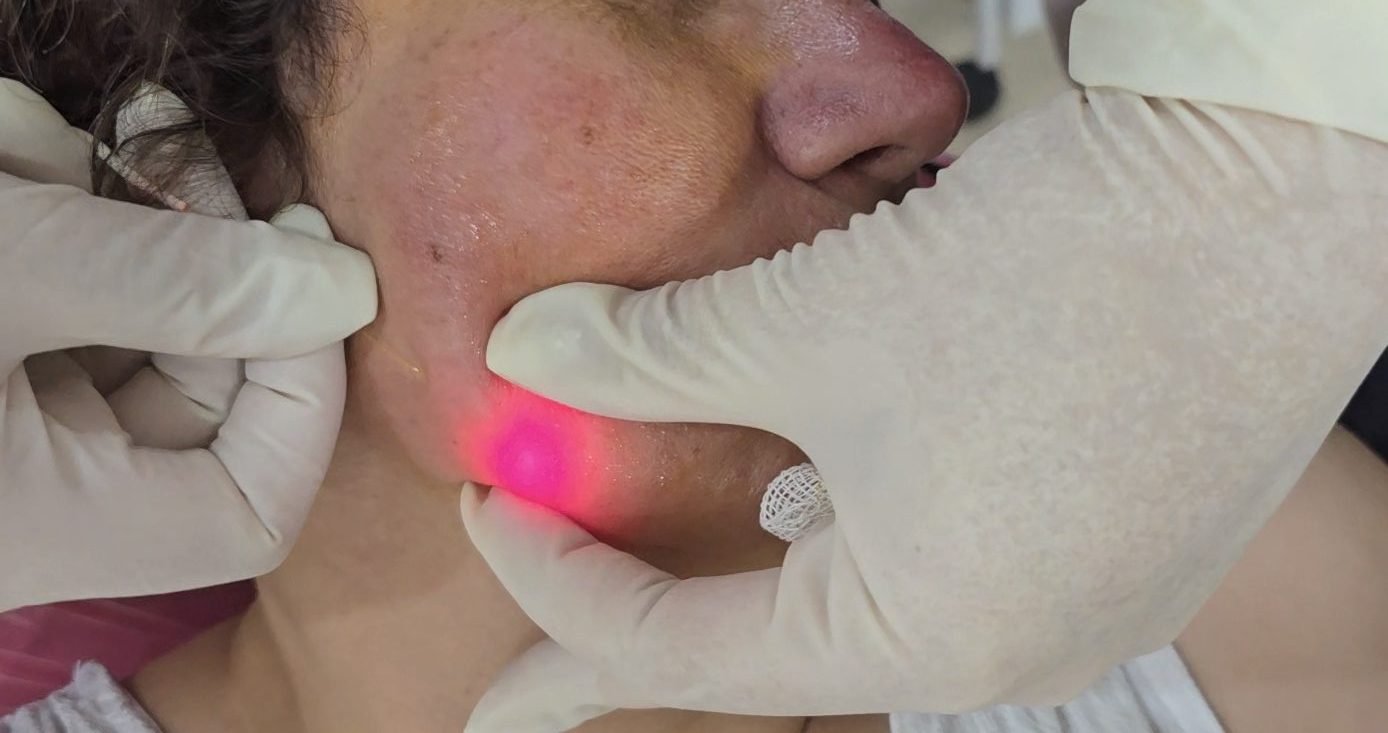
The world of aesthetic treatments is constantly evolving, and as technology advances, so do the options for facial rejuvenation. One of the most buzz-worthy treatments making waves in recent years is Endolift, a minimally invasive alternative to the traditional facelift. For those exploring Endolift in Dubai, understanding how it stacks up against a conventional facelift is essential before deciding which path to take.
Both procedures aim to combat signs of aging like sagging skin, wrinkles, and loss of definition—but the approach, recovery, and results vary dramatically. Whether you’re leaning toward high-tech innovation or a tried-and-true surgical solution, it’s worth digging into the facts.
What Is Endolift?
Endolift is a laser-based skin-tightening treatment designed to stimulate collagen production, improve skin tone, and lift sagging facial tissue—all without incisions or downtime. The procedure uses a micro-optical fiber, thinner than a hair strand, inserted under the skin. It delivers laser energy directly to the subdermal layer, triggering immediate contraction of connective tissue and long-term remodeling.
This technique is popular for targeting areas like the jawline, cheeks, lower face, and under the chin. It offers subtle but visible lifting and contouring effects, and it’s performed without the need for anesthesia or a hospital stay.
What Is a Traditional Facelift?
A traditional facelift, medically known as rhytidectomy, is a surgical procedure that lifts and tightens facial tissues by removing excess skin, tightening underlying muscles, and repositioning fat and skin for a smoother, younger appearance. It’s typically performed under general anesthesia and involves incisions, stitches, and a longer recovery period.
This approach is highly effective for addressing moderate to severe facial sagging, jowls, and deep wrinkles—especially in individuals with significant skin laxity. The results are often more dramatic and longer-lasting than non-invasive alternatives.
Key Differences: Endolift vs Traditional Facelift
Let’s break down the major distinctions between these two options to help you understand which may be the better fit for your goals.
1. Invasiveness
-
Endolift: Minimally invasive, no cutting or stitches involved. The optical fiber is inserted through tiny entry points, leaving no scars.
-
Facelift: A surgical procedure requiring incisions, stitches, and often visible scarring, especially around the ears or hairline.
2. Downtime
-
Endolift: Minimal to no downtime. Some swelling or mild bruising may occur, but most people return to regular activities the same day or next.
-
Facelift: Requires significant recovery time, often between 2 to 4 weeks, with swelling, bruising, and the need to avoid physical activity.
3. Results
-
Endolift: Gradual and natural-looking results that improve over time as collagen builds. Effects can last 1–2 years.
-
Facelift: Immediate and more dramatic results that can last 7–10 years, depending on lifestyle and skin quality.
4. Pain and Discomfort
-
Endolift: Performed under local anesthesia or no anesthesia, with minimal discomfort during and after the procedure.
-
Facelift: Performed under general anesthesia with post-op pain, tightness, and a more intensive healing process.
5. Suitability
-
Endolift: Ideal for individuals in their 30s to 50s with mild to moderate signs of aging who want subtle lifting without surgery.
-
Facelift: More suited for those in their late 40s and above with significant sagging or deeper wrinkles.
6. Scarring and Risks
-
Endolift: No scarring and lower risk of complications.
-
Facelift: Possibility of scarring, nerve injury, infection, and longer-term complications related to surgery.
Who Should Choose What?
The decision ultimately comes down to your aesthetic goals, your tolerance for downtime, and how invasive you’re willing to go. If you’re seeking quick recovery, minimal risk, and a natural refresh, Endolift is a strong contender. On the other hand, if you’re looking for long-term, comprehensive rejuvenation and don’t mind the downtime, a traditional facelift may be worth the commitment.
It’s also worth considering that Endolift can be a great option for those not quite ready for surgery but looking for a noticeable lift. Some even use it as a “preview” of sorts, to see how a lift might look before considering a full facelift later on.

The Rise of Endolift in Modern Aesthetic Trends
What’s fascinating about Endolift is how it aligns with the broader trend toward minimally invasive cosmetic solutions. People are no longer just chasing youth—they’re chasing natural-looking youth. The aim is not to look “done,” but refreshed and revitalized, and Endolift caters exactly to that desire.
With the increasing demand for technology-driven solutions, it’s no surprise that treatments like Endolift are gaining traction. Especially in cities known for cutting-edge beauty trends and high standards of appearance, the interest is skyrocketing.
Final Thoughts
Choosing between Endolift and a traditional facelift isn’t a one-size-fits-all decision. It depends on your goals, your skin condition, and your comfort level with surgery. Both treatments have their place, and the “right” one is the one that best aligns with your personal journey.
If you’re exploring Endolift Dubai, you’re tapping into a modern, innovative approach to facial rejuvenation that’s reshaping how we think about aging gracefully. Whether you opt for a non-invasive lift or go the surgical route, informed decisions will always lead to the most satisfying results.